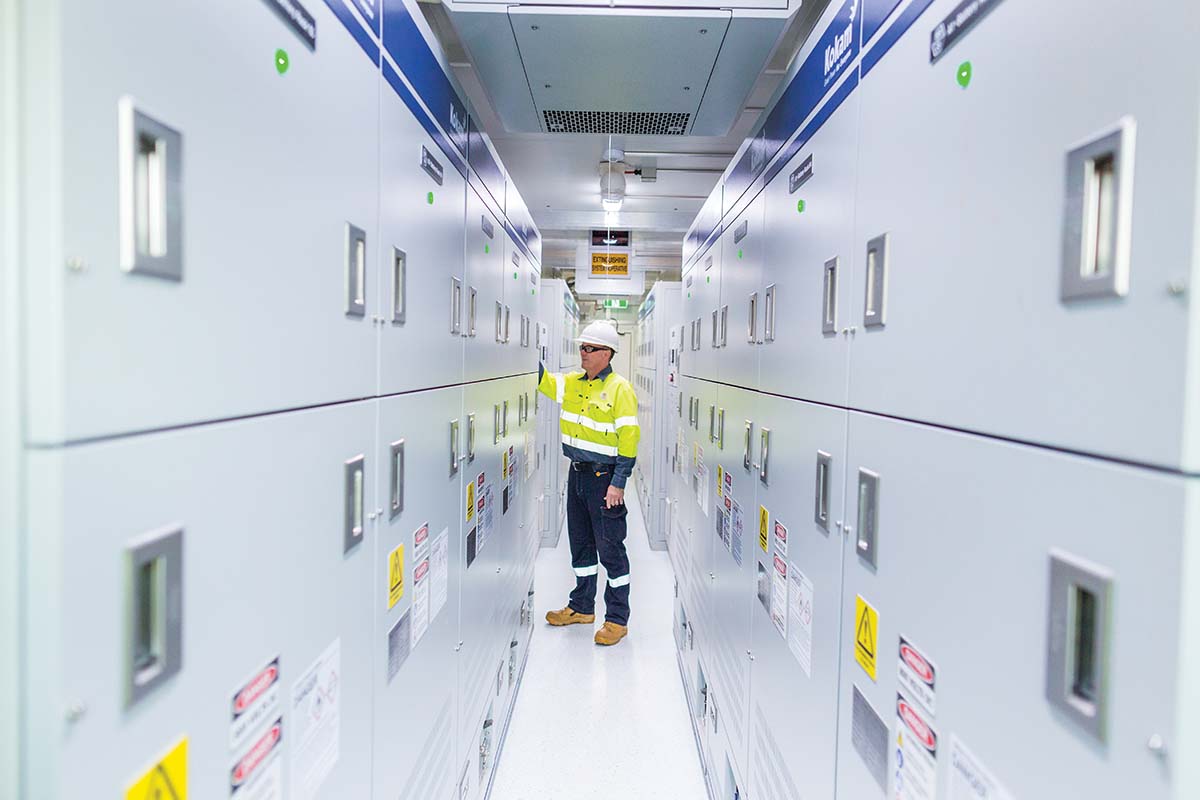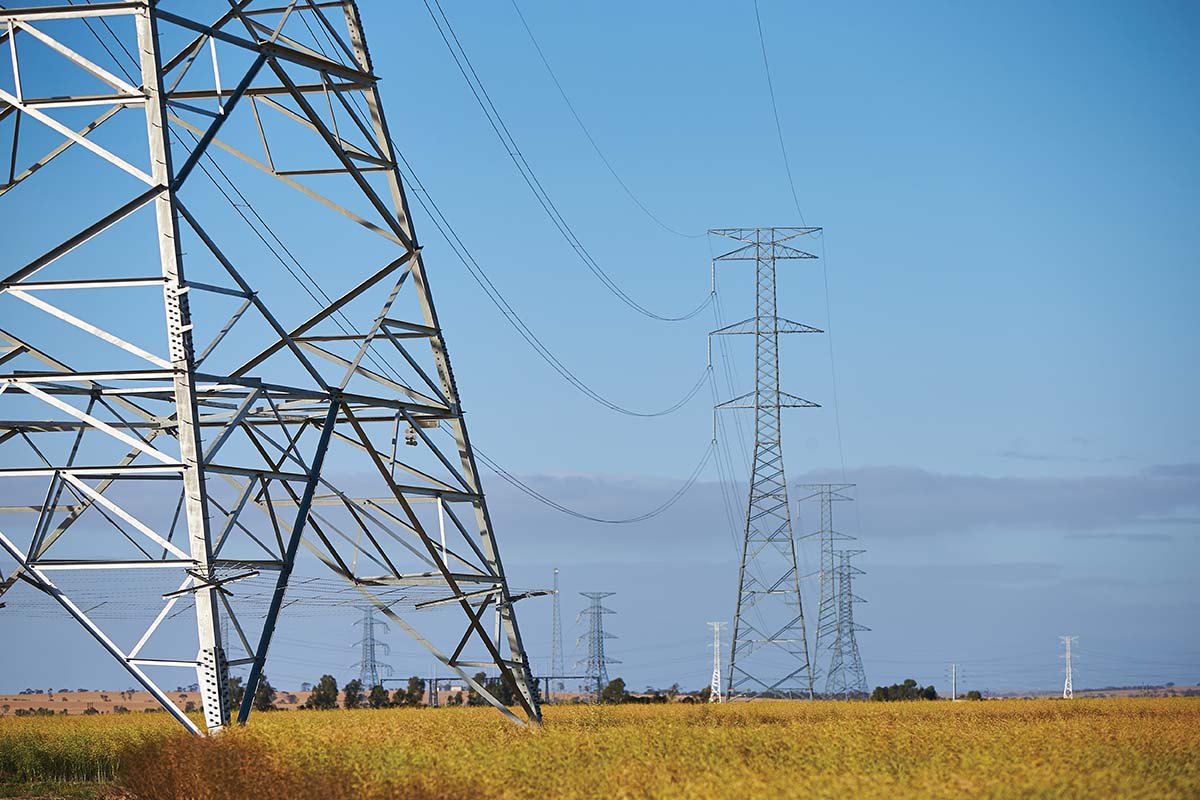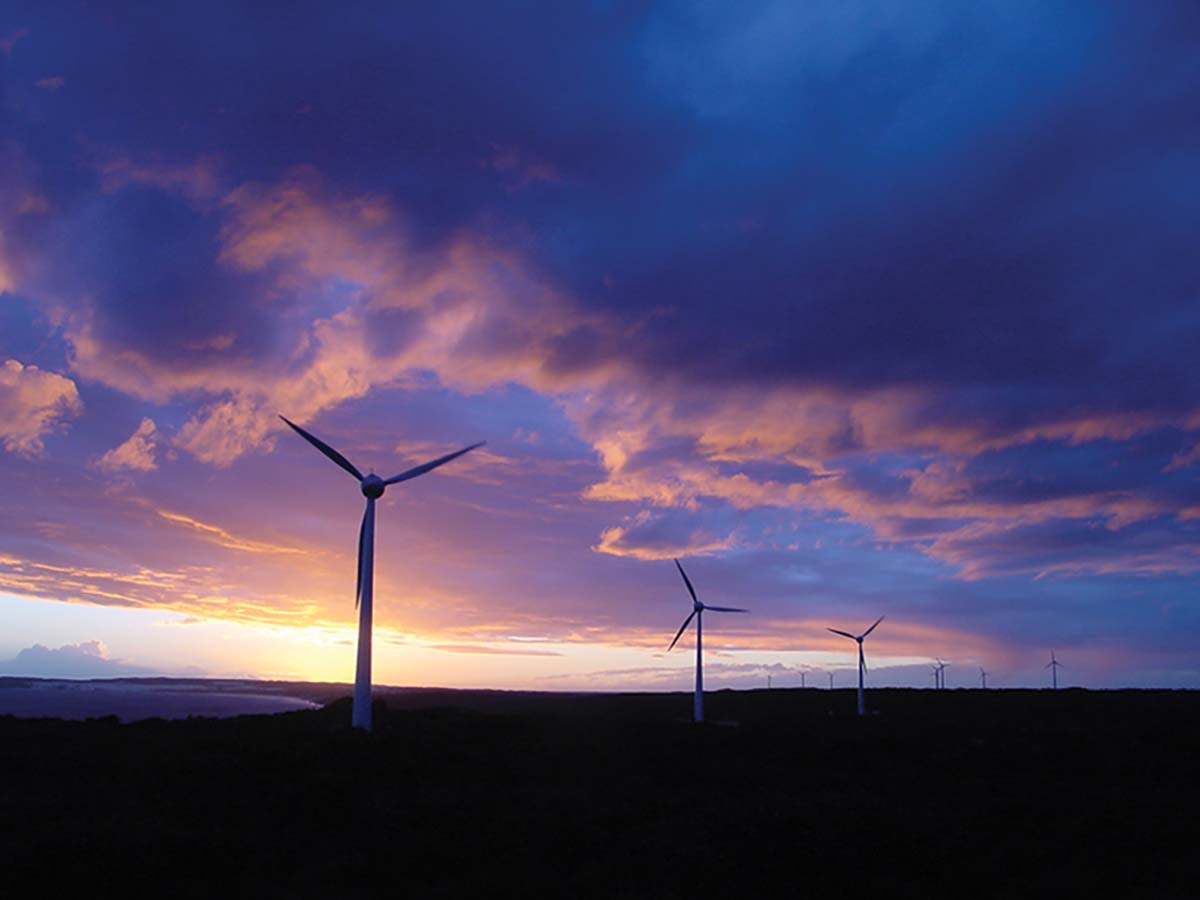
About Whole of System Planning
Whole of System Planning provides an informed view on what Western Australia’s principal electricity system, the South West Interconnected System, might look like over the coming decades. The Whole of System Plan is a detailed study of how our major power system may evolve over the next 20 years.
Using data provided by industry, the plan models four scenarios of how changes in demand, technology, and the economy may shape the way we use electricity and guide the investments we make over the coming decades to achieve lowest-cost, lower-emissions electricity.
Frequently Asked Questions
The Whole of System Plan is a detailed study of how our major power system may evolve over the next 20 years. Using data provided by industry, the plan models four scenarios of how changes in demand, technology, and the economy may shape the way we use electricity and guide the investments we make over the coming decades to achieve lowest-cost, lower-emissions electricity.
Managing Western Australia’s principal power system through the transition to renewable and distributed energy resources requires stronger coordination to provide clear information for investors and planners, and to guide the development of the power system that delivers electricity to households and businesses in the south west of the State.
In response to these challenges, the State Government has developed the Whole of System Plan, bringing together key players to deliver a shared vision for our system and network.
The Whole of System Plan has been developed by the State Government’s Energy Transformation Taskforce, with detailed input from Western Power and the Australian Energy Market Operator, and broad engagement with industry.
Given the level of current renewable generation capacity being constructed or commissioned and the expected reduction in demand for grid-supplied electricity due to the uptake of rooftop solar, there is no need for material investment in new generation or transmission network infrastructure in the near future.
The modelling indicates the total system cost to supply electricity is expected to decrease over the 20-year study period, as demand is increasingly met by renewable energy sources with low or zero marginal cost.
The Whole of System Plan was not intended to determine an ‘expected’ future, instead it was designed so that the scenario would test a range of different outcomes, with analysis of key sensitivities. The scenarios were chosen to represent four credible boundaries of what may happen in terms of demand, based on different assumptions relating to economic growth and technology uptake.
As there was no explicit climate or emissions reduction policy targeted at the electricity sector, no target or carbon price was included in the modelling. The Whole of System Plan provides a view of the different emissions outcomes that may result over the 20-year horizon under the four different scenarios.






